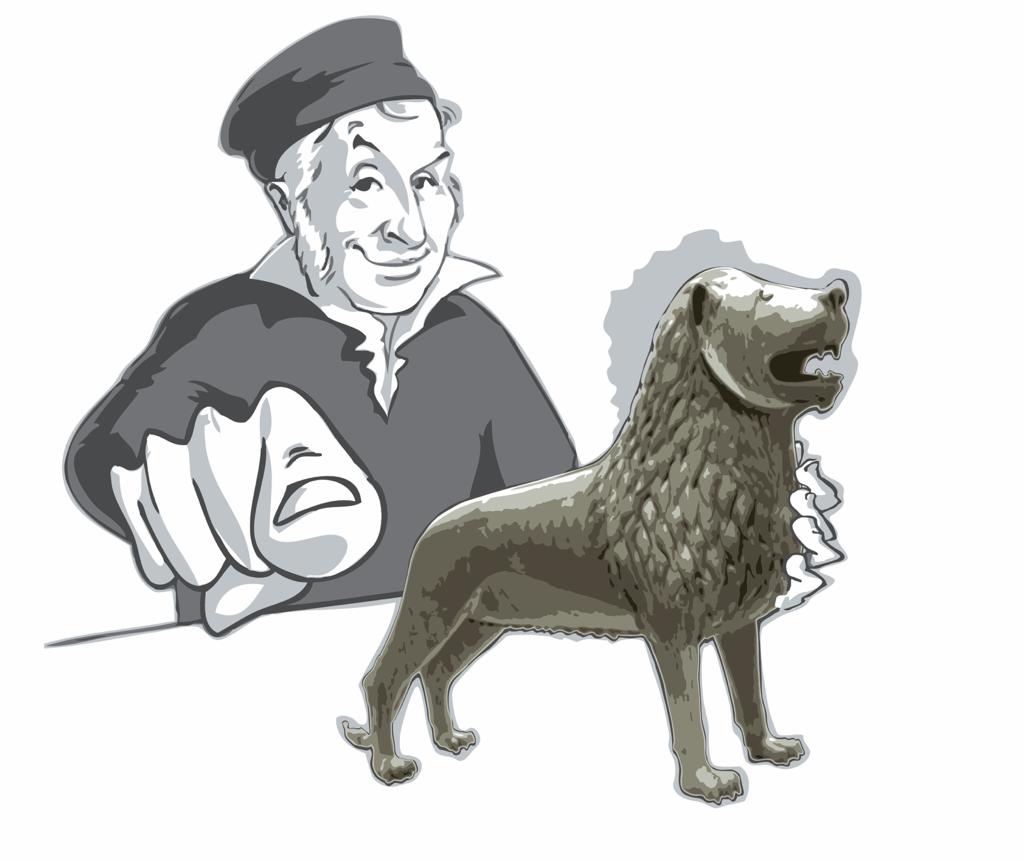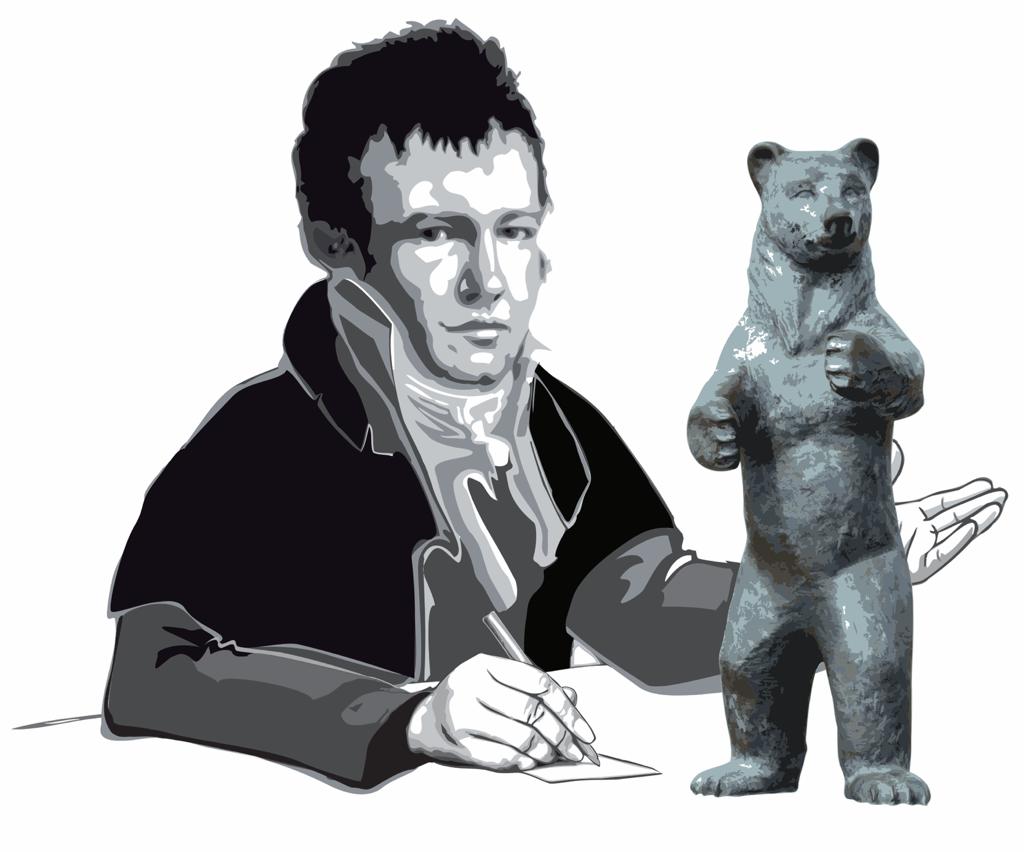Gauss-Telegraph: How To… Understand the German Recycling System
by Tina Metschke

If you come to Germany as an international student, you will certainly notice the different bins and containers on the street in front of your dormitory, flat share or house.
What is it all about?
In Germany, environmental protection is enshrined in the Basic Law (Grundgesetz), and in the 1970s environmental protection and waste avoidance were declared an official responsibility of the Federal Republic of Germany.
“To avoid waste, every product that is no longer used is sent to the recycling process and its raw materials are reused.” At least that is the plan. However, this can only succeed if the raw materials are actually added to the system and separated in the right way.
Here is a little guide on how to separate your waste correctly.

© Siddharth Patil
The easiest thing to do first:
The Bio Tonne (Organic Bin)
Organic waste, i.e. all biodegradable products such as fruit and vegetable peelings, leftovers, coffee grounds, tea bags, plants, etc. belong in the organic waste bin. These are marked either green or with a brown lid.
Bones or fishbones and, of course, plastic rubbish bags are not allowed in the organic waste bin!
If you are unable to use a reusable container for your organic waste, you should dispose of the contents in the organic waste bin and throw the rubbish bag into :

© Cbuckley, Jpowell
The Gelbe Tonne (Yellow Bin)
All plastic or light metal objects such as bags, yoghurt pots, cans, beverage cartons, foils, even old pots and pans are allowed in these.
You should not throw drinks bottles into the yellow bin. In Germany there is a special recycling system for these, the deposit system = PFAND
If you are not sure, look for the „Green Dot“ or the designation PET to throw it in the yellow bin.
Also make sure that your containers are rinsed out and clead before ending up in the trash!
Let’s continue with the…

© Tomia
Restmüll Tonne (Residual waste)
We only put things into these that are absolutely non-recyclable. These usually consist of several raw materials that cannot be separated such as old cassettes, pens, cigarette butts, broken crockery, bicycle tyres as well as hygiene products and nappies, also Bones or fishbones.
Take care to not throw everything into this container carelessly, as raw materials cannot be reused.
Some houses also have…
The Blaue Tonne (Blue bin)
This is for all papers, newspapers and cardboard.
Beverage cartons are not allowed in this bin, as they are coated with foil on the inside.
Pictures or paper soaked with paint must not be disposed of here either. The SCHADSTOFFHOF is available for this.
Make sure to remove the plastic tape from your cartons.
If your house does not have its own blue bin, you can use the paper containers. These are spread all over the city and are always placed together with the glass and old clothes containers.
The Glass containers
This is where you dispose of all bottles e.g of wine, broken glass, vases, etc. Pay attention to the right colour. There is white: everything that is clear and transparent, green and brown. If you are not sure whether your glass is green or brown, I always recommend the brown container. Blue goes to the green bin.
The bottle caps do not belong in the glass container.
Be careful not to throw away any returnable bottles from the Deposit system such as Beer bottles, Mate, Coke and so on, as they can be reused. You should also only dispose of clean glass.
Recyclable materials and hazardous waste depot
Old furniture, paint canisters, expired medicines, batteries*, broken appliances are brought to one of the recycling centres in Germany. There, the employees help you to separate and dispose of the items. Depending on the city or local authority, you can bring your rubbish during opening hours or you have to register. In Braunschweig, you often see old furniture on the streets. The waste collection service takes it to the hazardous waste depot and separates it.
*You can also hand in batteries at the supermarket or drugstore. There you can find small boxes or cans with a battery-picture on them in the entrance area. The markets then take them to the recycling centre.
The Clothes containers
They are strictly speaking not part of the recycling system. Clothes and shoes that are still in good condition can usually be handed in at second-hand shops or even sold. The Kleiderkreisel is also a good alternative. (check the web for more information)
As many of the clothes containers belong to private companies, you should pay attention to the label. Worn and broken clothing is usually sent for recycling and made into upholstery. Good clothes can be used for social purposes, but unfortunately there are also companies that sell our clothes in poorer countries at inflated prices. All used clothing containers of the German Red Cross are provided with information stickers about the use of the clothes.
Surely it is a different system than in your home country and difficult to understand at first. But, environmental protection and recycling of resources can only succeed if everyone participates!
Best way to pay attention is always : make as little waste as possible. Try to not use plastic bags, reuse paper bags, repair broken stuff if possible.
Feel free to contact us if you are unsure.



You must be logged in to post a comment.